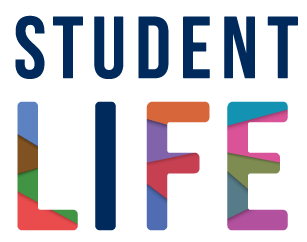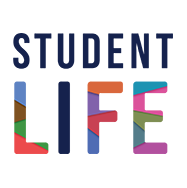
Posted April 17, 2023
By Sarah Ryeland-Etienne
Every year, more than 5,000 U of T students take part in the Work Study program. With two sessions per year (fall/winter and summer), the program offers paid, on-campus positions that give students across all three campuses in all years and stages of study the chance to expand their skillset and explore how their academic studies translate to career possibilities.
This year, the Work Study program has been divided into two streams: Work Experience and Research Experience.
“The Work Experience stream offers positions that focus on workplace skills and knowledge,” says Karla Gouthro, Director, Career Exploration & Education. “The roles are supervised by staff, faculty or librarians, and students get the chance to gain skills and competencies in real-world situations.”
The Research Experience stream allows students to find targeted research opportunities – often a way to enhance their skills and help them prepare for further studies.
“The Research Experience stream allows students to work on faculty members’ cutting-edge research projects,” says Gouthro. “They’ll be able to apply foundational methodologies and theories within a specific field of study, and there are opportunities for students at all stages of experience, including entry-level.”
“While the Work Study program has included a variety of work experiences and faculty-led research opportunities since the program’s inception, it hasn’t always been easy to differentiate between these two pathways,” says Susan McCahan, Vice-Provost, Academic Programs and Vice-Provost, Innovations in Undergraduate Education. “Our hope is that the program adjustments better support students in identifying opportunities that align with their goals.”
What the two streams have in common of course, is the application of academic learning to workplace experience, while earning a paycheque between classes.
This new development was first identified as a goal for the Work Study program as part of a 2018 program review that highlighted various pathways to enhance the program and support the student experience. After consultations with students, staff and faculty across the tri-campus community in 2022, the enhancements were proposed and approved by the University Registrar’s Office, tri-campus career services, the Office of the Vice-Provost, Students and the Office of the Vice-Provost, Innovations in Undergraduate Education. The two-stream approach is designed to make it easier for students to identify the ways in which a particular role aligns with their learning and career goals.
“Students work closely with their Work Study supervisors through one-to-one meetings and regular check-ins that make sure learning goals are always at the forefront,” says Gouthro. “We also have online modules and workshops to help both students and supervisors feel supported, and to understand the program before they begin.”
Students can apply for the upcoming summer session from April 17 to May 14, with the work period spanning from May 8 to August 14. Positions will be posted on the CLNx according to their streams, and students are encouraged to apply for as many roles as they’d like to, in either category. Program facilitators recommend getting applications in early, as some supervisors will hire early in the application window. Students can find support for their applications from their tri-campus career services office.
“We’re proud of this new development and we think it will serve U of T students well,” says Gouthro. “The Work Study program is a high-impact practice with a lot of value. We’re excited to see it grow.”
For more information on the Work Study program, visit clnx.utoronto.ca.




